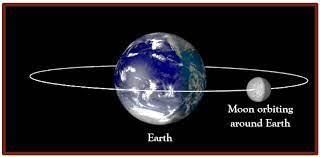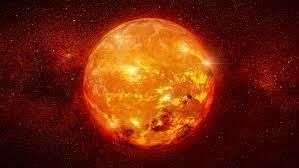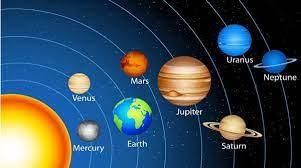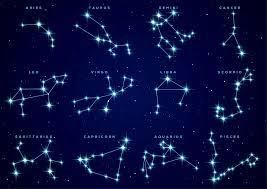The Solar System - 2 Class 4 Worksheet Science
Q1: Fill in the blanks.
(i) _________ is the largest planet.
Ans: Jupiter
Jupiter is the fifth planet from the Sun and is the largest in our solar system.
(ii) Most _________ have their own moons.
Ans: planets
Moons are natural satellites that orbit planets.
(iii) _________ is the nearest planet from the Sun.
Ans: Mercury
Mercury is the closest planet to the Sun in our solar system.
(iv) The _________ have their own light.
Ans: stars
Stars are massive celestial bodies that emit light and heat due to nuclear reactions in their cores.
(v) The _________ is a big ball of rocks.
Ans: moon
The Moon is Earth's natural satellite and is made up of rocks and minerals.
Q2: True or False.
(i) The Sun is the largest star.
Ans: False The Sun is not the largest star; it is an average-sized star. There are much larger stars in the universe.
The Sun is not the largest star; it is an average-sized star. There are much larger stars in the universe.
(ii) The small visible part of the moon is called the crescent moon.
Ans: True
The small visible part of the Moon is called the crescent moon.
(iii) The moon completes one round of the Earth in about 28 days.
Ans: True
The Moon completes one round of the Earth in about 28 days, which is why we have the lunar cycle.
(iv) Planets do not move at all.
Ans: False
Planets do move; they orbit around the Sun.
(v) The Earth is a part of the solar system.
Ans: True The Earth is a part of the solar system.
The Earth is a part of the solar system.
(vi) The moon gives light to the Earth.
Ans: False
The Moon doesn't give light to the Earth; it reflects the light from the Sun, which is why we see it illuminated.
Q3: Match the column.
 Ans:
Ans:
Q4: Answer the following questions.
(i) What is the solar system?
Ans: The solar system is a vast region in space that includes the Sun, eight planets, their moons, and various smaller celestial bodies like asteroids, comets, and dwarf planets. The Sun is at the center of the solar system, and all the other celestial bodies orbit around it due to its gravitational pull.
(ii) What rotates around the Earth?
Ans: The Moon rotates around the Earth. This is why we see different phases of the Moon as it orbits our planet.
(iii) What is known as the full moon?
Ans: The full moon is a lunar phase when the entire illuminated side of the Moon is visible from Earth. It occurs when the Moon is on the opposite side of the Earth from the Sun, and thus, the entire face of the Moon facing Earth is fully lit.
(iv) When is the moon not visible at all?
Ans: The Moon is not visible at all during the New Moon phase. This occurs when the Moon is positioned between the Earth and the Sun. The side of the Moon facing the Earth is not illuminated, making it appear completely dark.
(v) What are constellations?
Ans: Constellations are groups of stars that form patterns or shapes as seen from Earth. People from different cultures have identified and named these patterns over thousands of years. Constellations are used as a way to navigate the night sky and tell stories or myths associated with them.
(vi) Why do stars appear so smaller?
Ans: Stars appear smaller because they are incredibly far away from us. Even though stars are immense in size, their immense distance from Earth makes them appear like tiny points of light in the night sky. The vastness of space makes the stars seem much smaller than they actually are.
|
48 videos|156 docs|34 tests
|
FAQs on The Solar System - 2 Class 4 Worksheet Science
| 1. What is the solar system? |  |
| 2. How does the solar system work? |  |
| 3. What are some interesting facts about the solar system? |  |
| 4. How far is the solar system from other stars? |  |
| 5. Can we live on other planets in the solar system? |  |





















